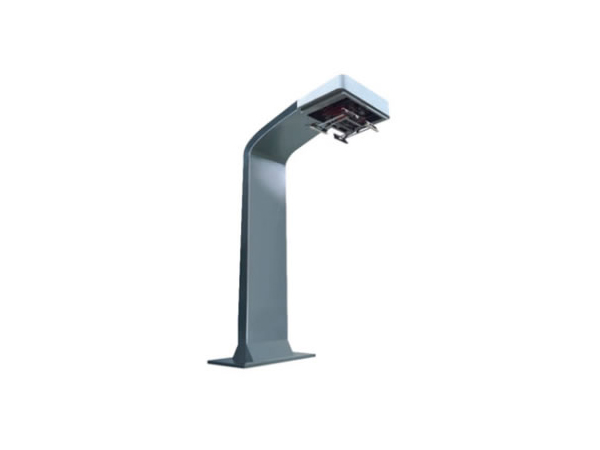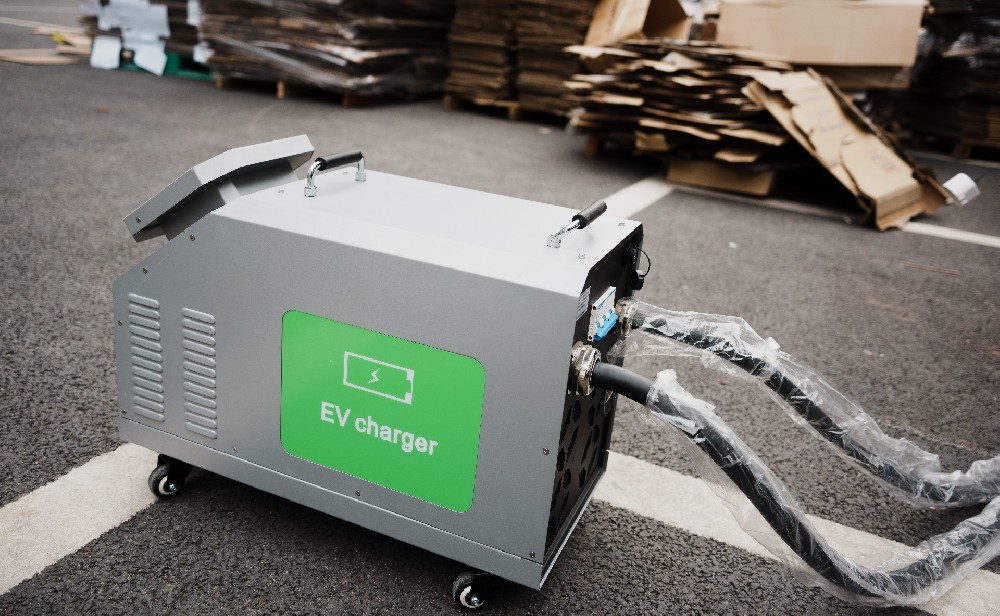-
13822183778@139.com
-
13822183778
How to Install an EV Charging Station in a Residential Parking Space?
Step 1: Confirm Feasibility and Obtain Permissions
Check Property Management Rules: Consult your residential property management to confirm whether EV charger installations are allowed in private parking spaces.
Verify Electrical Capacity: Ensure the community’s power grid can support the additional load (typically 7kW for home chargers).
Step 2: Prepare Documentation
Submit an installation application to your property management, including:
Proof of parking space ownership (or long-term lease agreement).
EV purchase/ownership certificate.
Charger specifications and installation plan.

Step 3: Apply for Power Supply
Contact the local power utility company to apply for a dedicated meter or circuit for the charger.
For 7kW AC chargers, a 220V single-phase power supply is standard; ensure wiring meets safety standards (e.g., 6mm² copper cable for 32A circuits).
Step 4: Hire a Licensed Electrician
Select a certified installer to:
Mount the charging station on a wall or pedestal.
Connect wiring from the meter to the charger.
Install safety devices (e.g., circuit breakers, surge protectors).
Step 5: Inspection and Activation
After installation, the property management and power company will inspect the setup for compliance.(portable electric charger)
Once approved, the charger is activated and ready for use.
Key Considerations
Costs: Installation typically ranges from ¥2,000 to ¥5,000, depending on wiring distance and labor.
Safety: Use waterproof enclosures for outdoor installations and avoid shared circuits.
Smart Features: Opt for Wi-Fi-enabled chargers to monitor usage and schedule charging during off-peak hours.
Regulatory Tips
In China, residential EV charger installations are encouraged under national green energy policies, but local rules may vary.
For rented parking spaces, obtain written consent from the property owner.
 How long does it take to charge ···
How long does it take to charge ···
 DC Fast Charging CCS type 2 plug
DC Fast Charging CCS type 2 plug
 The high-voltage and high-curren···
The high-voltage and high-curren···


